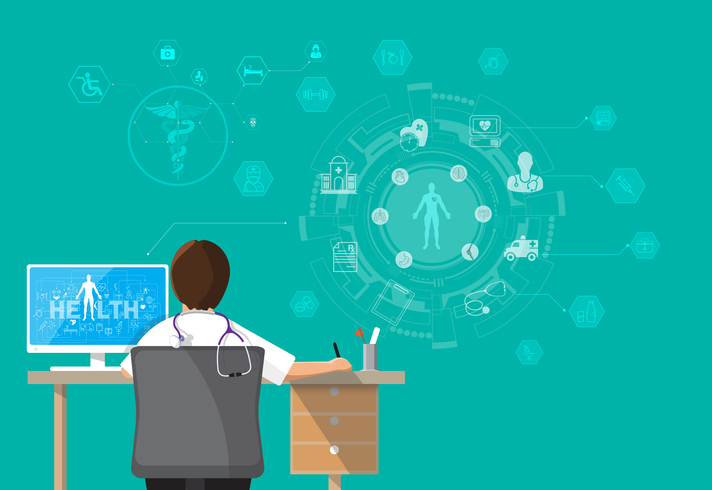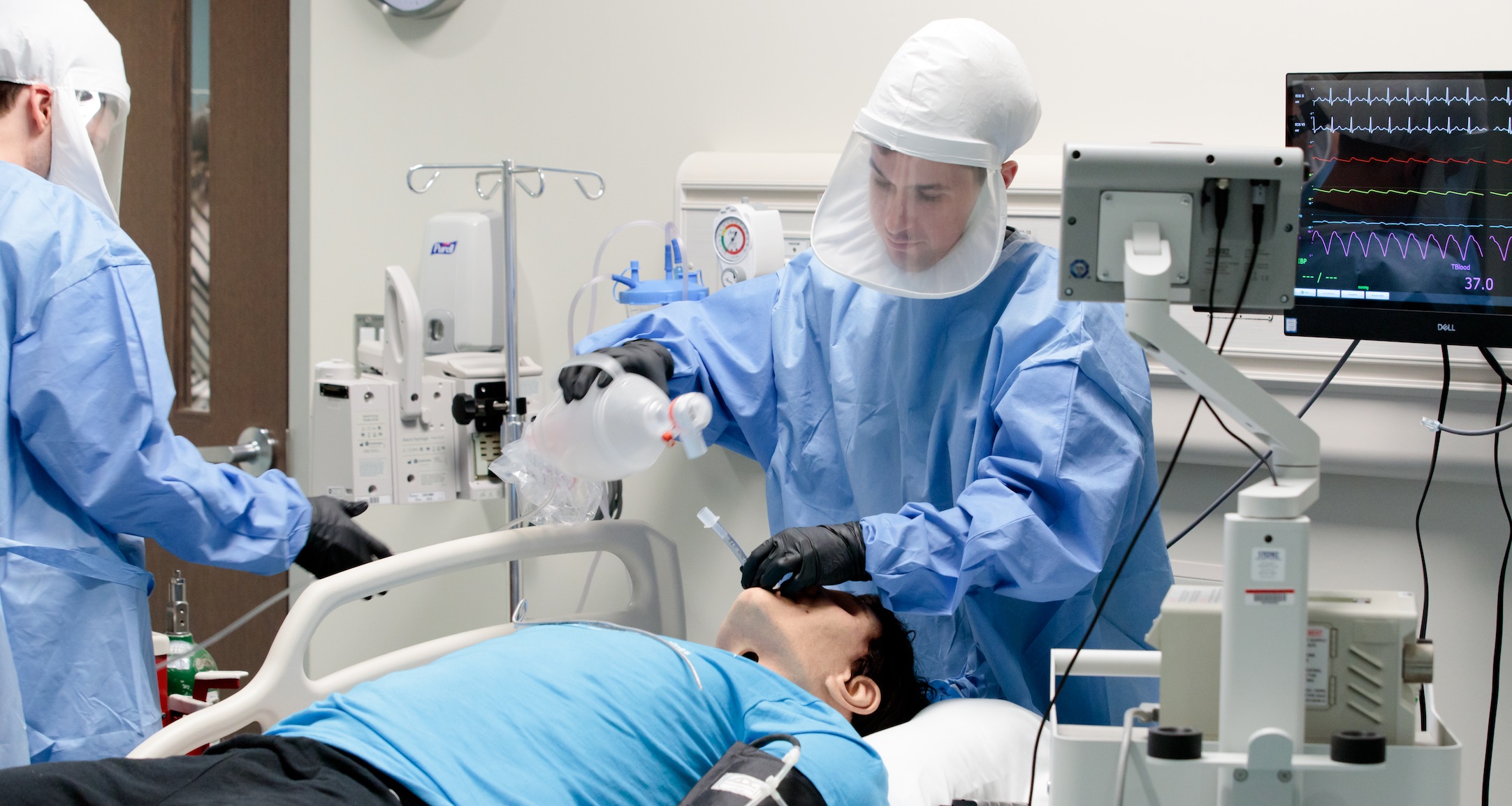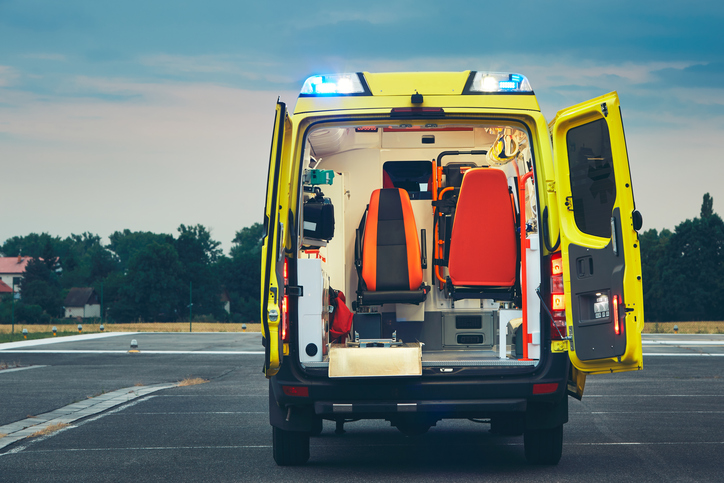
Best Practices in Managing Medical Equipment Rollouts
Successful implementation makes all the difference between a seamless changeover and a poorly executed one that interferes with the delivery of patient care.

Successful implementation makes all the difference between a seamless changeover and a poorly executed one that interferes with the delivery of patient care.

It is only by supporting the public health workers, and making their jobs more appealing that health agencies can strengthen the workforce to prevent and respond to future public health threats.

Amid the Covid-19 pandemic, the University of Nebraska Medical Center turned to patient simulation and visualization technologies to help train its staff on coronavirus-specific clinical protocols. The provider's medical simulation facility was able to train thousands of healthcare professionals over the course of the public health crisis.

The rise in cybercrime is a significant concern among healthcare stakeholders. But defending against these types of attacks is not as complicated as it is often made out to be and can be narrowed to two key steps: deploying multi-factor authentication and staff training.

The initiative, called Freedom House 2.0, will provide emergency medical services training to people from economically disadvantaged communities. It aims to address social determinants of health as well as help support those who have experienced job losses amid the pandemic.

The next wave of medical innovation must involve technologies to make sense of the constellation of personal and physiological data being collected.